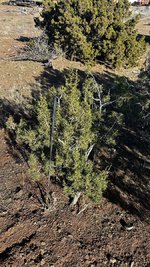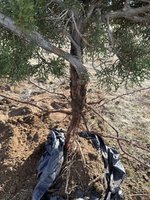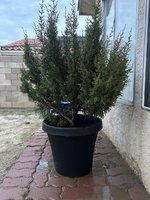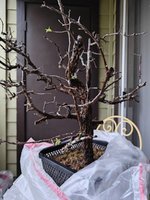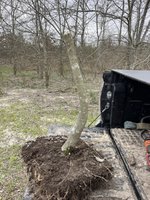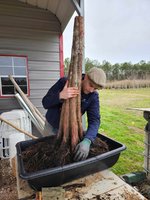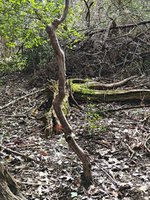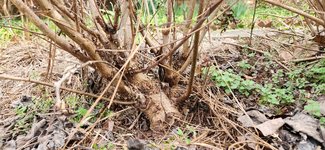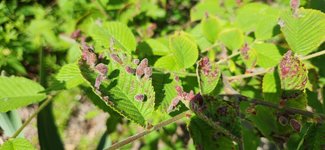This was posted by
@PaulH awhile back. Very similar aftercare regimen to what Tom Vuong and Randy Knight recommend as well. Might not need to mist as much with higher relative humidity.
1. Don't obsess over getting a lot of roots. Feeder roots are good but thicker structure roots can go.
2. Wash field soil off the roots with a hose nozzle and remove any dead roots
3. Pot in the smallest pet or box in which it will fit. If the container is too big it will retain moisture and rot the roots.
4. Plant in 100% pumice sifted to larger than 1/4" size. Absolutely no organic or fine soil.
5. Keep the tree in a cool greenhouse or equivalent with filtered sun.
6. Mist the foliage a minimum of every 4 hours. If you can't manage it yourself set up a timed misting system.
7. Cover the soil surface with something to keep misting water out. You want the soil (pumice) slightly moist but never wet.
8. When new growth begins gradually move the tree to full sun. New growth means actual elongating shoots.
I've tried other methods and killed a lot of junipers before learning this.
Good luck. I hope this one survives but I think the odds are against it unless you start over with it.

